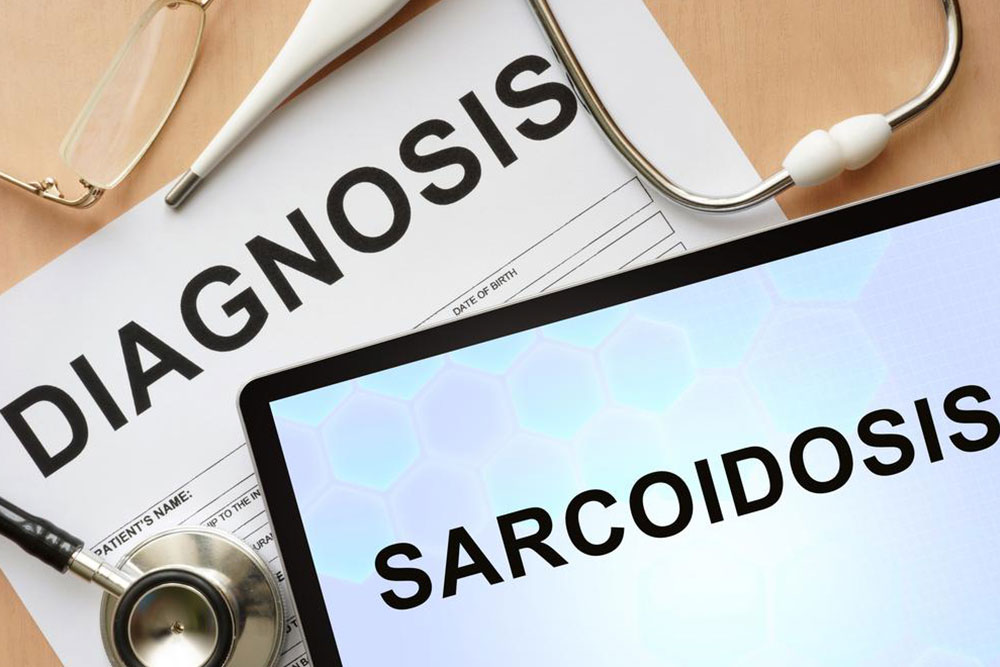Comprehensive Guide to Recognizing Symptoms of Sarcoidosis
This comprehensive article explains the symptoms and affected organs of sarcoidosis, a chronic inflammatory condition. It covers signs in the lungs, skin, lymph nodes, and eyes, emphasizing the importance of early diagnosis and lifestyle adjustments. Understanding these symptoms can help individuals seek medical help promptly. The article also highlights the non-contagious nature of sarcoidosis and advises on avoiding triggers that may worsen the disease. Proper medical care is essential for managing symptoms and preventing complications.

Sarcoidosis is an inflammatory disease characterized by the formation of granulomas—clusters of immune cells—in various organs. It primarily affects the lungs, accounting for about 90% of cases, but can involve the skin, lymph nodes, eyes, and other tissues. The condition is believed to result from the immune system overreacting to environmental triggers such as bacteria, viruses, chemicals, or dust. This persistent immune response leads to inflammation and granuloma formation, which may impair organ function. Despite not being contagious, sarcoidosis impacts millions worldwide, often with subtle or no symptoms.
General Symptoms: Fatigue, unexplained weight loss, fever, inflamed lymph nodes, and sometimes depression.
Lung Involvement: Symptoms include a persistent dry cough, wheezing, shortness of breath, and chest discomfort. Diagnosis often involves chest X-rays.
Lymph Nodes: Swollen or tender lymph nodes, especially in the neck, chest, armpits, chin, and groin.
Skin Manifestations: Itchy, painless skin ulcers, discolored bumps on the face and limbs, or skin sores that may cause disfigurement. These symptoms can persist or recur, even after treatment.
Eye Issues: Redness, sensitivity to light, dryness, blurred vision, and discomfort or pain in the eyes.
If diagnosed, medical intervention is crucial to manage symptoms and reduce granuloma size. Patients are advised to avoid smoking and exposure to environmental chemicals to prevent worsening of the condition.
Note: This article provides informational content only. It should not replace professional medical advice. Consult qualified healthcare providers for diagnosis and treatment options.









